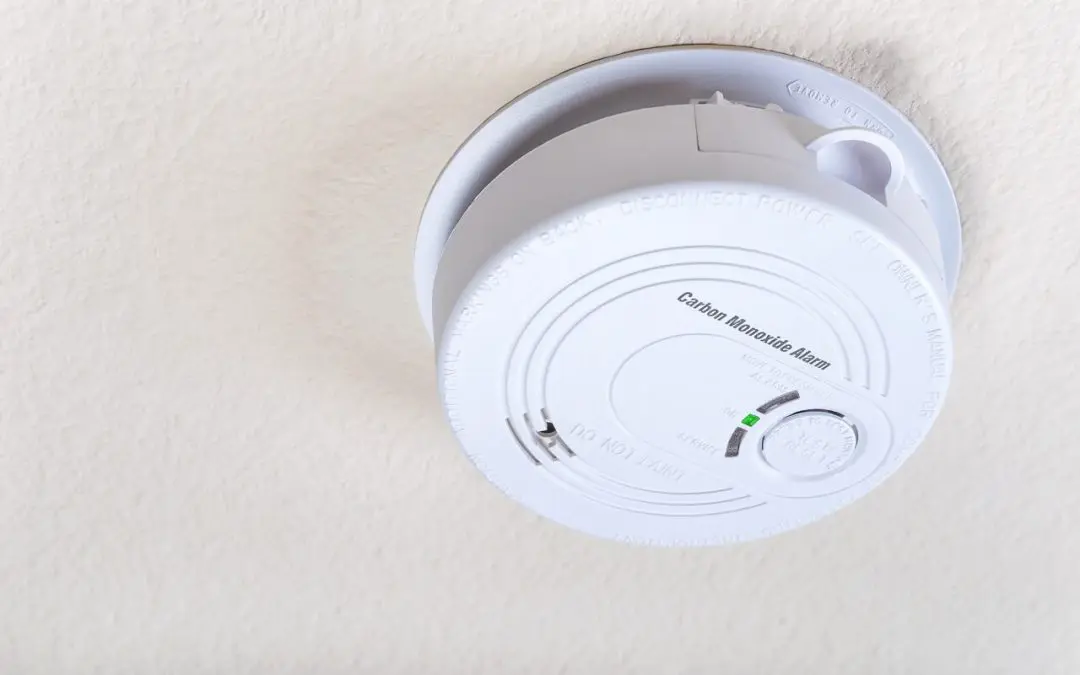Creating and maintaining a safe home for your family is important. However, amidst busy daily routines, there’s a silent threat that often goes unnoticed. Carbon monoxide (CO) is a colorless, odorless gas that can seep into a home, leading to CO poisoning. Let’s look at the dangers of carbon monoxide and explore measures to prevent CO poisoning, ensuring your home remains a sanctuary of health and well-being.
Carbon Monoxide in the Home
Understanding the Threat
Carbon monoxide is a byproduct of the incomplete combustion of fossil fuels, commonly powering appliances such as gas furnaces, water heaters, and wood-burning stoves. It is dangerous because it is difficult to detect until symptoms of poisoning appear.
Symptoms of CO Poisoning
The initial symptoms of CO poisoning are often flu-like, including headaches, dizziness, nausea, and confusion. Prolonged exposure or high concentrations can lead to more severe outcomes, even proving fatal. Learn to recognize the symptoms and take immediate action if they arise.
Preventing Carbon Monoxide Poisoning
Install Carbon Monoxide Detectors
Equip your home with carbon monoxide detectors on every level and near the sleeping areas to alert your family to carbon monoxide gas. Regularly test the devices and replace batteries yearly to ensure the sensors function optimally.
Regular Appliance Maintenance
Schedule annual inspections and maintenance for gas appliances by qualified technicians. Have a professional assess the furnace, water heater, stove, clothes dryer, and other gas-powered appliances. Annual inspections will catch issues so the technician can make repairs. Well-maintained systems and appliances have longer life expectancies, operate more efficiently, and reduce the risk of CO leaks.
Proper Ventilation
Ensure adequate ventilation in your home by regularly clearing vents and chimneys of debris, snow, or other obstructions. Good airflow is essential for safely dissipating combustion byproducts.
Never Use Gas Appliances Indoors
While it may seem obvious, never use devices like grills, generators, or gas-powered tools indoors. Even in seemingly well-ventilated areas, like on an enclosed porch, the risk of CO exposure increases significantly.
Educate Your Household
Talk to your family about the dangers of carbon monoxide and teach them the importance of reporting symptoms. It’s essential to be aware and educated to prevent CO poisoning.
As a responsible homeowner, safeguarding your property from carbon monoxide danger should be a priority. The steps above will help you create a safe and healthy environment for your family. Make sure your carbon monoxide detectors are installed and operational. Because the gas is colorless and odorless, functional detectors are your best defense.
Home Support Property Inspections offers professional inspections to customers in Maryland and DC. Contact us to request our services.

